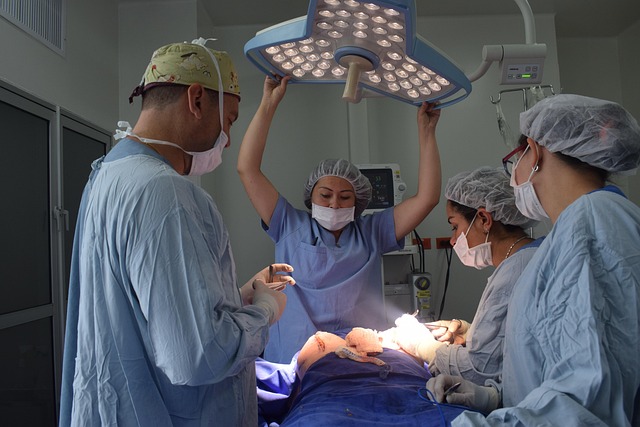Abdominoplasty: Understanding the Surgical Procedure for Abdominal Contouring
Abdominoplasty, commonly known as a "tummy tuck," is a surgical procedure designed to reshape and firm the abdominal area. This operation involves removing excess skin and fat from the middle and lower abdomen while tightening the muscles of the abdominal wall. For many patients, abdominoplasty can provide a flatter, more toned stomach appearance that diet and exercise alone may not achieve.

How is the abdominoplasty procedure performed?
The abdominoplasty procedure typically involves several steps and is performed under general anesthesia. A surgeon begins by making a horizontal incision between the pubic hairline and navel. The length and shape of this incision can vary depending on the amount of excess skin to be removed. Through this incision, the abdominal skin is lifted, revealing the underlying muscles. These muscles are then tightened with sutures to create a firmer abdominal wall and a narrower waistline. Excess skin is trimmed away, and the remaining skin is redraped over the newly contoured abdomen. A new opening for the navel is often created, as its position may change due to the skin tightening. Finally, the incisions are closed with sutures, and drains may be placed to remove excess fluid during the initial healing period.
What should patients expect during recovery from stomach surgery?
Recovery from abdominoplasty requires patience and careful adherence to post-operative instructions. Immediately after surgery, patients can expect some discomfort, swelling, and bruising in the abdominal area. Most individuals need to take one to two weeks off work and limit physical activities for several weeks. Surgeons typically recommend wearing a compression garment to support the healing tissues and minimize swelling. Patients are usually advised to avoid strenuous exercise for at least six weeks, gradually increasing activity levels as directed by their doctor. Complete recovery can take several months, with final results becoming fully apparent after the swelling subsides and the tissues settle.
Are there risks associated with abdominoplasty?
As with any major surgery, abdominoplasty carries certain risks. Potential complications include infection, bleeding, poor wound healing, and adverse reactions to anesthesia. Some patients may experience numbness or changes in sensation in the abdominal area, which is usually temporary but can persist in rare cases. There is also a risk of seroma (fluid accumulation) and hematoma (blood accumulation) formation. Less common but serious risks include blood clots and tissue necrosis. It’s crucial for patients to discuss these risks thoroughly with their surgeon and follow all pre- and post-operative instructions to minimize the likelihood of complications.
Who is a good candidate for abdominoplasty?
Ideal candidates for abdominoplasty are individuals in good overall health who have excess abdominal skin and fat that has not responded to diet and exercise. Candidates should be at or near their target weight, as significant weight fluctuations after surgery can affect the results. Non-smokers typically have better outcomes, as smoking can impair healing. It’s important for patients to have realistic expectations about the procedure’s results and understand that abdominoplasty is not a substitute for weight loss or a healthy lifestyle. Women planning future pregnancies may be advised to postpone the surgery, as subsequent pregnancies can separate the tightened muscles and stretch the skin.
What are the typical costs associated with abdominoplasty?
The cost of abdominoplasty can vary significantly based on factors such as geographic location, surgeon expertise, facility fees, and the extent of the procedure. While specific prices can fluctuate, it’s helpful to understand the general range and components that contribute to the overall cost.
| Cost Component | Typical Range |
|---|---|
| Surgeon’s Fee | $3,500 - $8,000 |
| Anesthesia | $600 - $1,200 |
| Facility Fees | $1,000 - $3,000 |
| Post-Surgery Garments | $100 - $300 |
| Prescription Medications | $50 - $200 |
| Total Estimated Cost | $5,250 - $12,700 |
Prices, rates, or cost estimates mentioned in this article are based on the latest available information but may change over time. Independent research is advised before making financial decisions.
Abdominoplasty is a significant surgical procedure that can dramatically improve abdominal contours for suitable candidates. While it offers the potential for enhanced body aesthetics and confidence, it’s essential for prospective patients to carefully consider the risks, recovery process, and financial aspects. Consulting with a board-certified plastic surgeon is crucial for determining individual suitability and developing realistic expectations for the outcomes of this transformative surgery.
This article is for informational purposes only and should not be considered medical advice. Please consult a qualified healthcare professional for personalized guidance and treatment.






